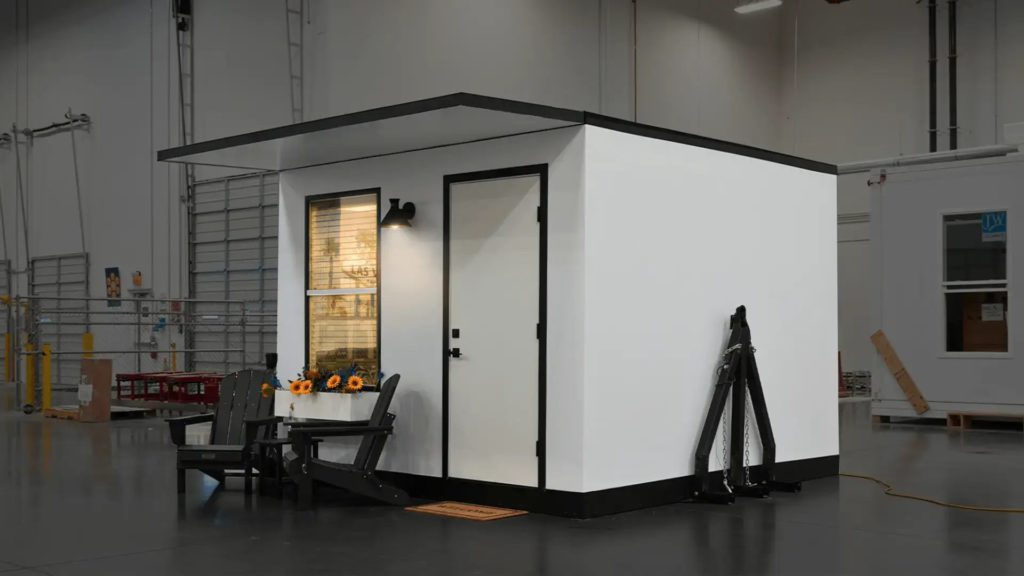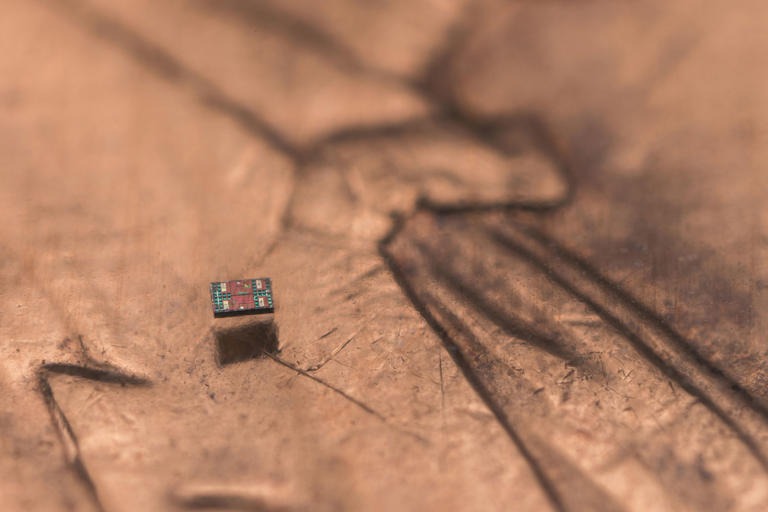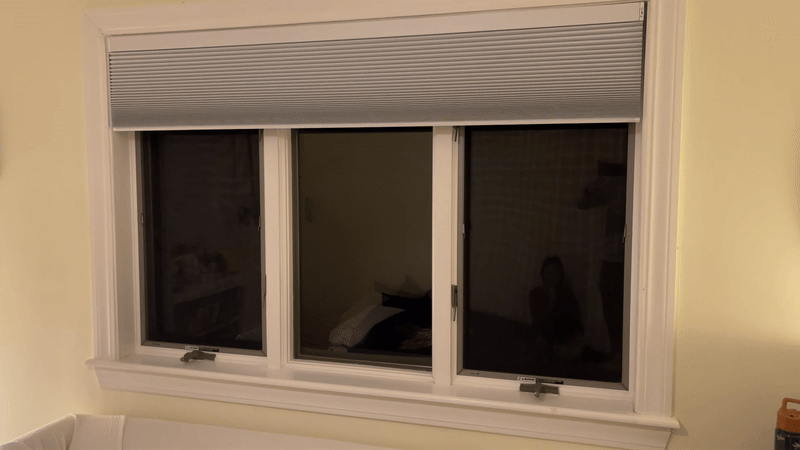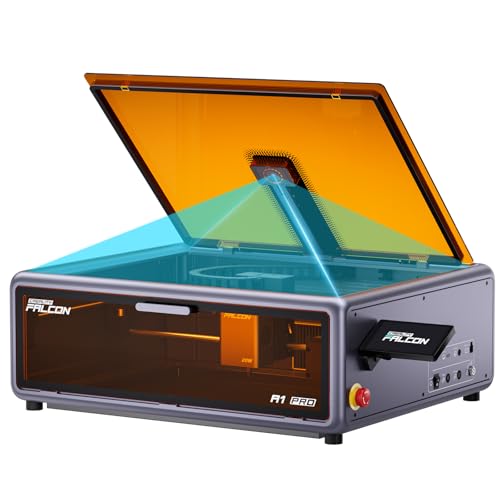Traditional building methods are becoming obsolete this year. The International Builders’ Show 2025 revealed ten innovations that upend conventional construction wisdom. Concrete now weighs less while maintaining strength and adding soundproofing. Homes can appear in days instead of months. Materials made from recycled tires outperform traditional roofing in extreme weather conditions.
The future of construction has quietly arrived without warning.
10. Boxabl’s Baby Box

Construction delays vanish with Boxabl’s “Baby Box” providing instant living space. Built in their Vegas facility, these compact 11×11 ft units offer portable living space wherever you need it. The transportation and setup process is dead simple. If you need quick, functional space without the headaches of traditional construction, this provides. While information on specific durability is limited, its potential for rapid housing solutions makes it worth watching. Emergency housing operations and remote worksite managers will find these units particularly valuable for their deployment speed.
9. Quick Drive Project Pro Screw Driving Tool

If you’re sick of switching between tools for different fastening jobs, the Quick Drive Project Pro is a game-changer. It turns any standard drill or impact driver into an auto-feed screw gun without buying a whole new tool. The attachment is budget-friendly and immediately speeds up fastening work. If you handle a lot of screws, this will save your wrists and your time. While compatibility with all drill types isn’t guaranteed, the efficiency boost for DIY enthusiasts and small-scale builders is impressive. Professionals tackling large-scale projects will appreciate how this simple tool transforms productivity without a steep learning curve.
8. Dekko and Liteon Lightweight Concrete Cladding Systems

Traditional concrete’s weight limits its applications, but these innovative systems break through that barrier. Deco works for interior refinement while Liteon handles exterior walls and subflooring. They’re lighter than traditional options but don’t sacrifice durability. Liteon even adds sound-deadening features. There might be concerns about stability in extreme conditions, and costs run higher than traditional materials, but the sustainability angle and design flexibility make this a standout innovation. The material’s lightweight nature means you’ll reduce structural load requirements while maintaining the concrete aesthetic your clients want.
7. System3E Joint Place Construction Technology

Want to build without glue, water, or mortar? System3E’s patented joint technology makes it possible. Assembly is fast and straightforward, but what caught our attention was the R-29 insulation value coupled with impressive fire and earthquake resistance. Despite limited market availability and the premium price point, System3E offers exceptional long-term benefits in durability and energy savings. Clients concerned about both energy efficiency and disaster resilience won’t find a better combination in traditional building methods.
6. Bark Siding

The quest for unique exterior finishes ends with this remarkable natural option sourced from Western North Carolina. Each piece of bark siding has its own character, available in premium, standard exterior, and interior grades. With proper installation, this material can last over 50 years with minimal maintenance. It’s highly durable and naturally resistant to pests, rot, and UV damage. The higher upfront cost compared to traditional siding is offset by long-term savings on maintenance and its potential to increase home value. Caught between clients wanting both sustainability and distinctive curb appeal? This solution delivers both without compromise.
5. Duxxbak Decking System

Homeowners frequently deal with unusable, water-damaged spaces under their decks after rain. The Duxxbak Decking System creates dry, functional areas where water once pooled. It actually repels water instead of just resisting it, essentially doubling your outdoor living area. Installation is quick with their hidden fastening system giving you a clean finished look without visible screws. While specific data on long-term durability isn’t widely available, the system shows promise in reducing water-related issues like mold and rot. The system folds two projects into one—decking above and usable space below—without significantly increasing your budget or timeline.
4. Pella Steady Set Window Installation System

Window installations typically require two workers and precise measurements, but Pella’s new system changes that equation. The flip and click brackets make positioning almost foolproof, while the head stabilizer keeps everything level. The interior installation approach means one person can handle jobs that typically need two. This streamlined process improves both speed and precision while enhancing weather sealing. For builders, this translates to reduced labor costs and improved project timelines. If you’re dealing with labor shortages or tight scheduling windows, this system offers a practical solution to both challenges.
3. Muddskip Drywall Additive

Waiting between drywall coats wastes valuable time on every job site. Muddskip’s game-changing additive transforms regular joint compound into what pros are calling “super mud.” The big selling point is wet-on-wet application—no more waiting between coats. You get extended working time without sacrificing strength, which speeds up drywall finishing dramatically. This directly contributes to cost savings through reduced labor time. For commercial jobs with tight timelines, this could be the difference between penalties and bonuses. The product essentially shrinks your project schedule without requiring any new skills or specialized tools.
2. Euro Shield Roofing

The toughest roofing material at IBS isn’t made from traditional materials at all. Made from 95% recycled materials (primarily 70% recycled tire rubber), Euro Shield roofing can take serious punishment—it’s Class 4 UL2218 impact resistant and handles extreme wind conditions. The 50-year warranty shows how confident they are in their product. Pre-marked nail holes and interlocking design make installation straightforward. And while there’s a premium price tag, homeowners can benefit from reduced insurance premiums due to the roof’s hail resistance. The material does develop a patina over time, but its durability and environmental impact—diverting millions of tires from landfills—make it a standout choice. Even in regions with extreme weather from hailstorms to high winds, this roofing stands as one of the few options that won’t need replacement after severe weather events.
1. Clopay Innovative Garage Doors

If you’re tired of garage doors that disconnect or lose power mid-operation, Clopay’s PowerDirect technology solves this frustration. This smart engineering stays connected even as the door moves. Available in clear or opaque designs, these vertical stacking models save space while adding serious curb appeal. They work in both residential and commercial applications, making them versatile for different project types. While specific information on this technology is limited, garage door innovations like these generally enhance both home functionality and property value. Architects looking to maximize usable space without sacrificing aesthetics now have a powerful new option in their design toolkit.




























